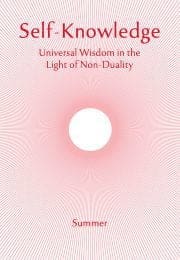More Light from the Kena Upanishad
The Upanishads are of interest because they throw light on the deepest aspect of human nature. Their enquiry does not end with the life of the mind, or with the store of experiences and tendencies that we feel is uniquely our own. Instead, it discerns that consciousness is essentially free from the colouring of our personality, is universal and identical in all of us—transcending such concepts as ‘all’ or ‘us’. The implication of this realisation is that humanity is essentially one, that differences are superficial, and that conflict is a wrong response to the problems that arise in personal, social and political life. Thus the upanishadic wisdom, by taking its stand on what unites humanity, not what apparently divides it, has the greatest relevance for our daily life, providing a true basis for our wellbeing. And the teachings are so practically effective because their insights apply to what is closest to us, our innermost self.
We may be convinced that such an enquiry is not necessary, because we know that our self is more or less identical with our personality. But is this really the case? If we go back to the origins of the word ‘personality’, we find that persona was the word for the face mask used in ancient Greek theatrical performances. This suggests that our personality, far from expressing our true nature, may actually help to conceal or ‘mask’ it. For we know only too well, that a person is not the mask, and in depth and value is infinitely greater than any mask.
In the same way, our true Self—the Self brought to our attention by the Upanishads—is inexpressibly greater than the mask of personality, however engaging or charismatic that personality might appear. But once we reflect on this question of our true identity, we also are forced to recognise that it is far from easy to separate the real Self from the personality, or even to realise that they are not the same thing. It is in the Upanishads that we find the question of our identity explored and clarified, so that we can lift our sense of identification from personality to Reality.
Subscribe or enrol for free guest access to read all of this article and Self-Knowledge online.
Already subscribed or enrolled? Log in:


